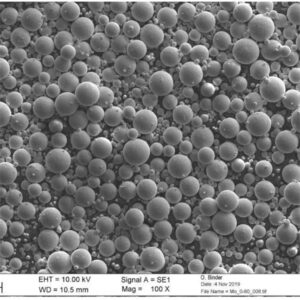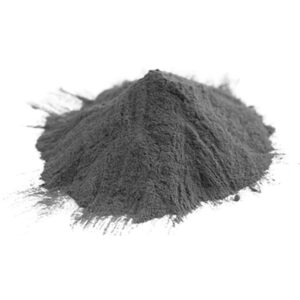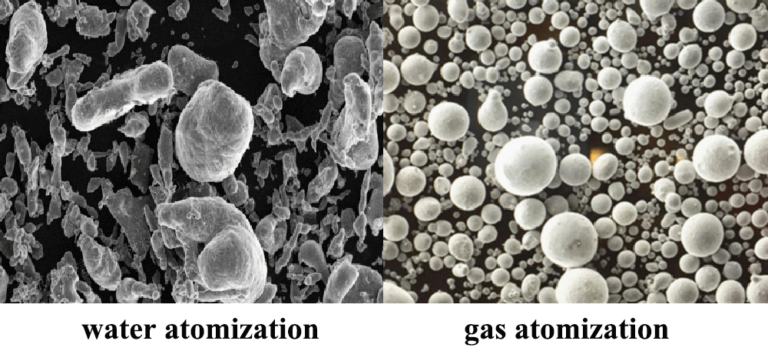Aluminum alloy powders offer light weighting combined with strength, durability and corrosion resistance across automotive, aerospace and industrial applications. This guide covers common compositions, properties, manufacturing methods, sizes, suppliers, applications and selection.
Bột hợp kim nhôm Tổng quan
Spherical aluminum powders with controlled particle size enable high performance light metal components via PM, MIM and AM:
| Alloys | 2xxx, 6xxx, 7xxx series Aluminum |
| Của cải | Low density, strength, hardness, wear resistance |
| Processes | Powder metallurgy, Metal injection molding, Aluminum AM |
| Các ứng dụng | Automotive, Aerospace, Industrial |
| Những lợi ích | Weight reduction, performance, recyclability |
Advanced aluminum powders balance ultra lightweight density with improved mechanical properties over cast or wrought alloys.
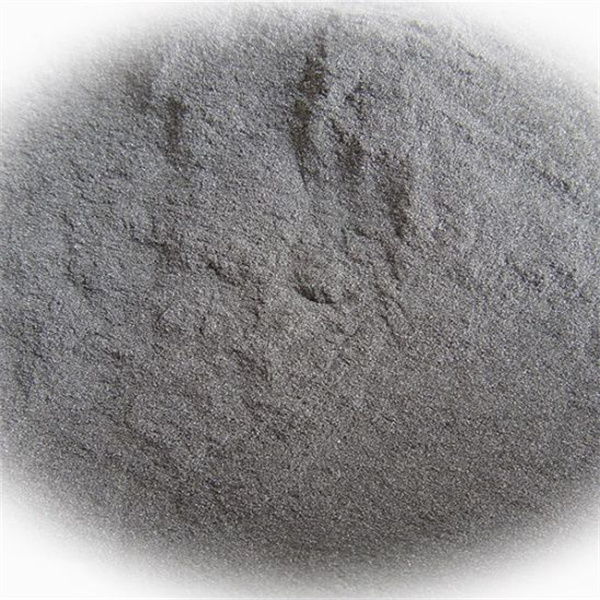
Bột hợp kim nhôm Types
| Series | Các yếu tố hợp kim | Đặc trưng |
|---|---|---|
| 2000 | Đồng | Good strength, machinability, ductility after PM consolidation |
| 6000 | Magnesium, Silicon | Medium strength, superior corrosion resistance |
| 7000 | Zinc | Highest strength, used mainly for high performance aerospace components |
Emerging Alloys
Scandium or zirconium containing aluminum alloys and nanocomposite Al-TiC achieve substantial strengthening for specialized applications.
Bột hợp kim nhôm Của cải
| Tài sản | Giá trị điển hình |
|---|---|
| Tỉ trọng | 2.55-2.8 g/cc |
| Sức căng | 200-600 MPa |
| Sức mạnh năng suất | 160-500 MPa |
| Kéo dài | 3-10% |
| Độ nóng chảy | 500-650°C |
Finer aluminum powder sizes produce higher consolidated strength values approaching wrought alloys. Heat treatability also boosts mechanical performance.
Phương pháp sản xuất
| Nguyên tử hóa | Gas or water atomization from molten alloy produces fine spherical powders |
| Mechanical Mill | Cost-effective method using ball or attritor mills, less spherical particles |
| Alloying | Direct alloying or ad-mixing elemental/pre-alloyed base powders |
Gas atomization allows the most precise property control while milling increases shape complexity and internal porosity. AM suitable powders utilize atomization but maintain flowability.
Bột hợp kim nhôm Kích thước hạt
Typical aluminum alloy powder sizes used:
| Process | Phạm vi kích thước |
|---|---|
| Nhấn và thiêu kết | 50-150 microns |
| Đúc kim loại (MIM) | 10-25 micron |
| Binder jet Additive Manufacturing (BJAM) | 20-60 microns |
| Directed Energy Deposition (DED) | 50-150 microns |
Optimizing particle size distribution and shape impacts packing density and sintering response.
Leading Suppliers
| Công ty | Điểm | Price Estimate |
|---|---|---|
| Hoeganaes | 1001, 2003, 6065, 7009 | $5-8 per lb |
| BASF | 2024, 6061, 7050, 7068 | $6-10 per lb |
| Sandvik Osprey | 2024, 6061, 7075 | $8-15 per lb |
| Kymera | 2024, 6061, 7068, 7093 | $7-12 per lb |
Prices vary based on order volume, powder characteristics and alloy composition.
Các ứng dụng of Bột hợp kim nhôm
| Ngành công nghiệp | Các thành phần |
|---|---|
| Ô tô | Power train parts like connecting rods, shafts |
| Không gian vũ trụ | Structural brackets, airfoil components like flap tracks |
| Công nghiệp | Heat sinks, pistons, seals, fasteners, sprockets |
| Thiết bị điện tử | Heat dissipation devices like LED housings |
Những lợi ích
- Weight reduction over titanium/steel alternatives
- Improved fuel economy or range
- Reduced numbering of parts via integration
Selection Guidelines
| Criteria | Best Practices |
|---|---|
| Hợp kim | Match powder to mechanical and environmental needs |
| Phương pháp sản xuất | AM needs spherical gas atomized; MIM extra fine |
| Phân bố kích thước | Tailor based on consolidation technique density targets |
| Mật độ rõ ràng | Higher improves sintering response |
| Surface oxygen analysis | <0.5% for strongest performance |
| Giá | Get quotes based on volume from at least 2 suppliers |
Carefully balancing application requirements, manufacturing process and budget informs optimal aluminum alloy powder sourcing. Consider sampling evaluation programs.
Pros vs. Cons
| Ưu điểm | Nhược điểm |
|---|---|
| Lightweighting and fuel efficiency | Lower strength than ferrous alloys |
| Corrosion/oxidation resistance | Prone to galvanic corrosion |
| Tính tái chế | Poor high temperature properties |
| Improved life cycle impact | Higher cost than cast aluminum |
Key Takeaways
- Advanced aluminum powders outperform cast and wrought grades on density-specific basis
- Tailor powder characteristics to requirements of end-use manufacturing techniques
- Alloy customization and emerging composites continue expanding capabilities
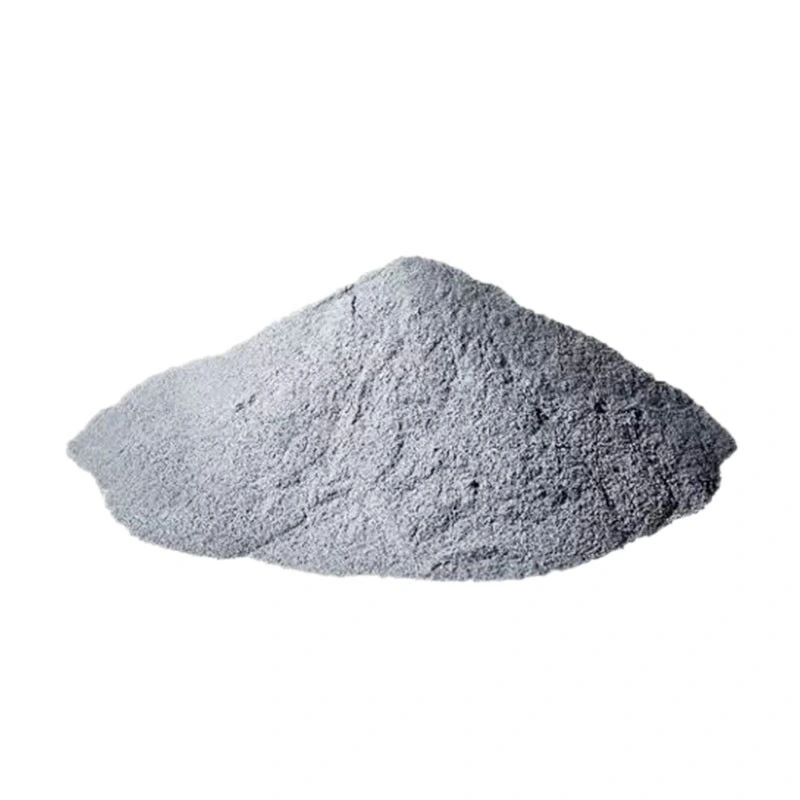
Câu hỏi thường gặp
Q: What is the most widely used aluminum alloy powder?
A: Aluminum 6061 is the workhorse alloy leveraged across automotive and general engineering for its versatile mechanical properties, corrosion performance and moderate cost.
Q: How does aluminum powder cost compare with titanium?
A: Aluminum powders start around $5/lb versus $50+/lb for titanium demonstrating significant conversion cost benefits for lightweighting despite lower mechanical properties.
Q: Does aluminum powder oxidize?
A: Fine aluminum powders present oxidation risks during handling, storage and processing requiring inert environments and tight quality controls to minimize risks.
Q: Can you 3D print aluminum alloy parts?
A: Yes, aluminum DED and binder jet AM is maturing quickly for structural aerospace components leveraging advanced powders and processing refinements to achieve over 99% density after sintering.

